Aboard Gio Ponti's colourful Arlecchino train in Milan, a conversation about design with Formafantasma
The design duo boards Gio Ponti’s train bound for the latest Prada Frames symposium at Milan Design Week
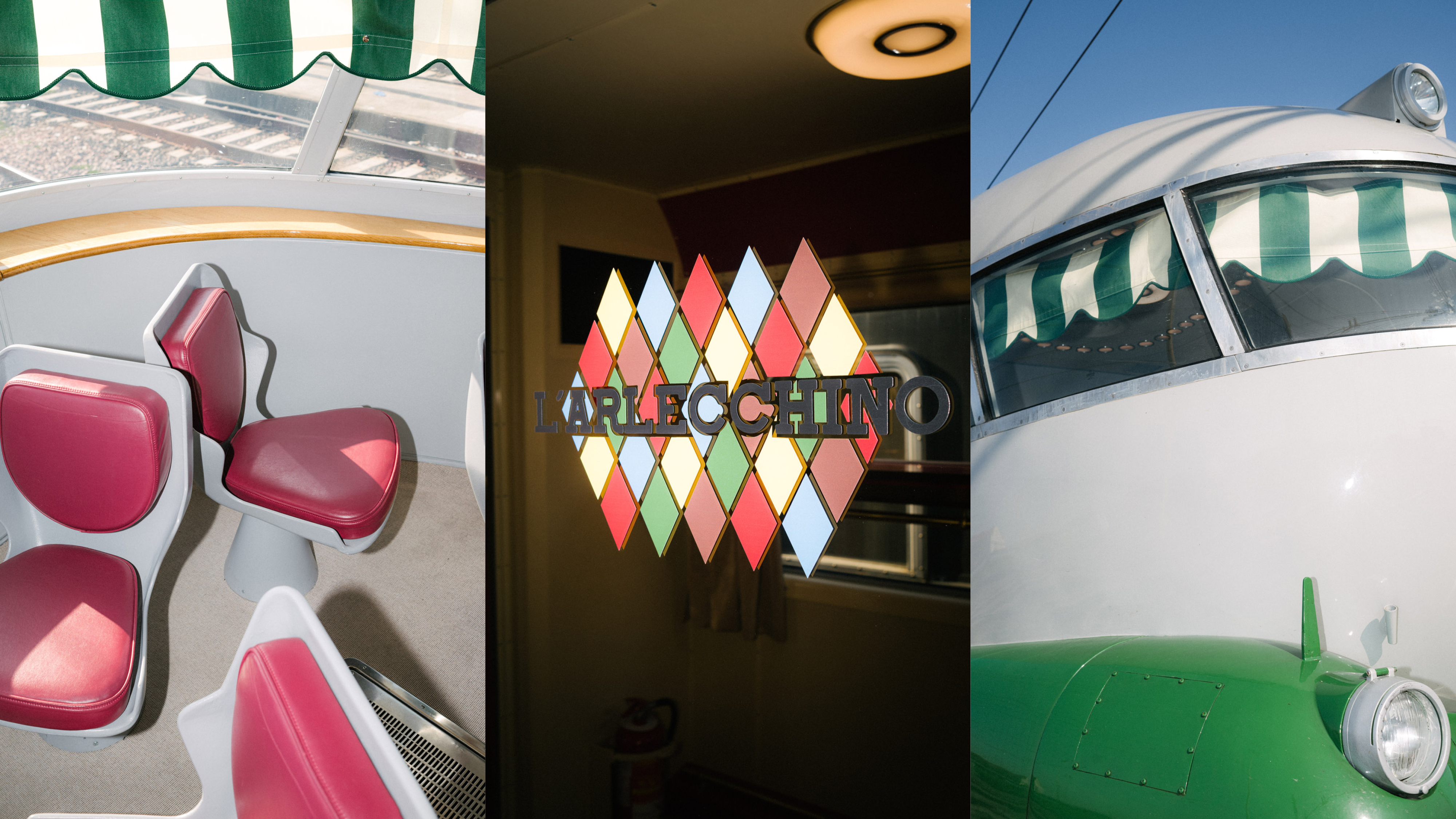
Federico Ciamei - Photography
When Formafantasma’s Andrea Trimarchi and Simone Farresin first announced their now-yearly Prada Frames symposium, launched in 2022 during Milan Design Week with the support of the Italian fashion house, it was a welcome antidote to the unforgiving pace and commercial focus of the event. Previous editions have dealt with materials and their relationship to the natural world, the exploitation of forests, and the politics of home. But, for its fourth edition, the pair plan to tackle the connective tissue that unites these issues.
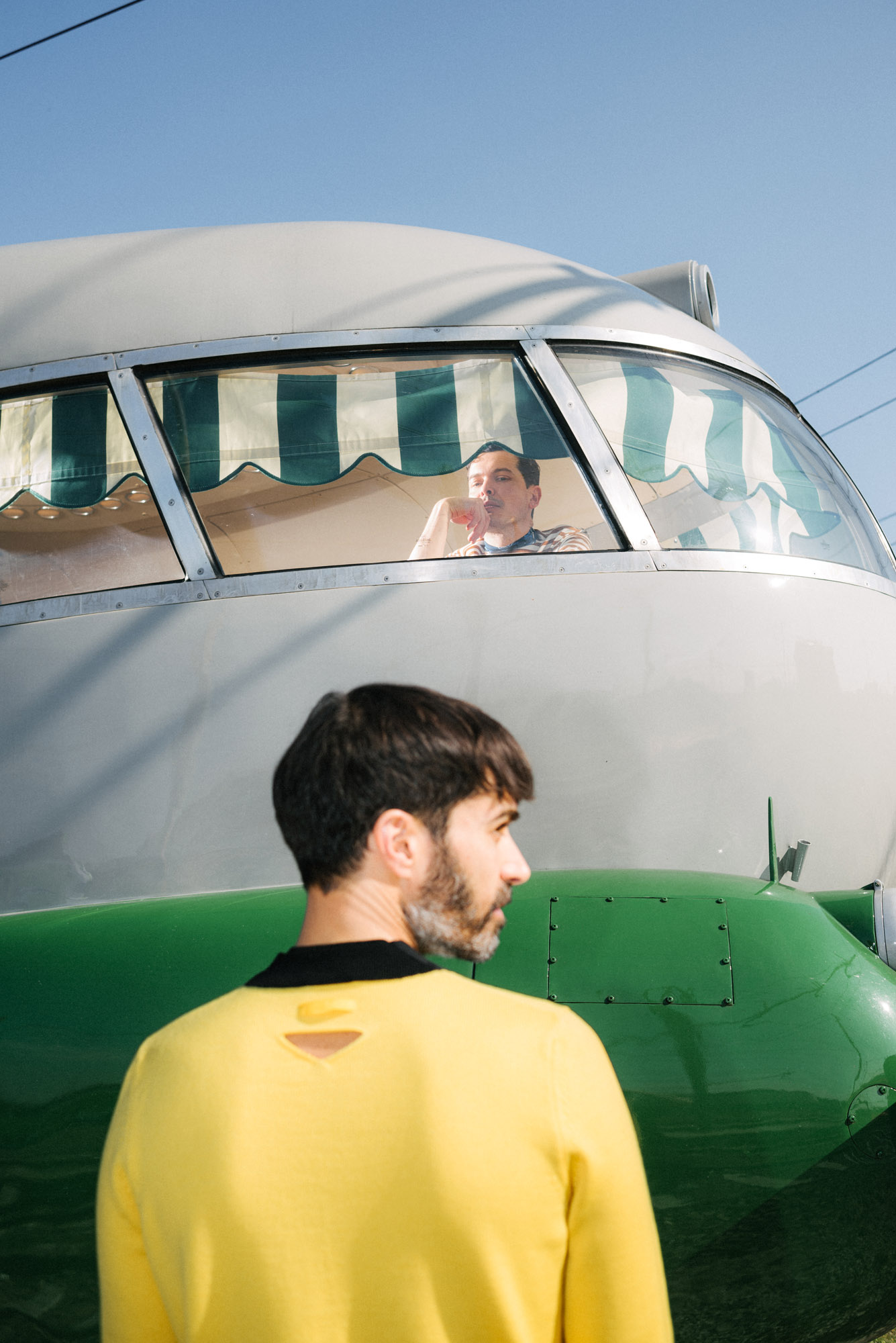
Simone Farresin and Andrea Trimarchi, photographed in Milan in March 2025
‘We’re looking at infrastructure through the lens of movement,’ says Farresin of the theme, which they have titled ‘In Transit’. More than a dozen academics, designers, artists and thinkers – including MoMA senior curator Paola Antonelli, AI scholar Kate Crawford and poet Tung-Hui Hu – will lead discussions around how AI shapes the environment, the infrastructure of borders, and the intricacies of global trade. The symposium will take place in two locations: the Padiglione Reale, the waiting room once used by the now-deposed Italian royal family at Milano Centrale station, and the Arlecchino (Harlequin) train, designed by Gio Ponti in the 1950s and refurbished by Fondazione FS Italiane in 2020.
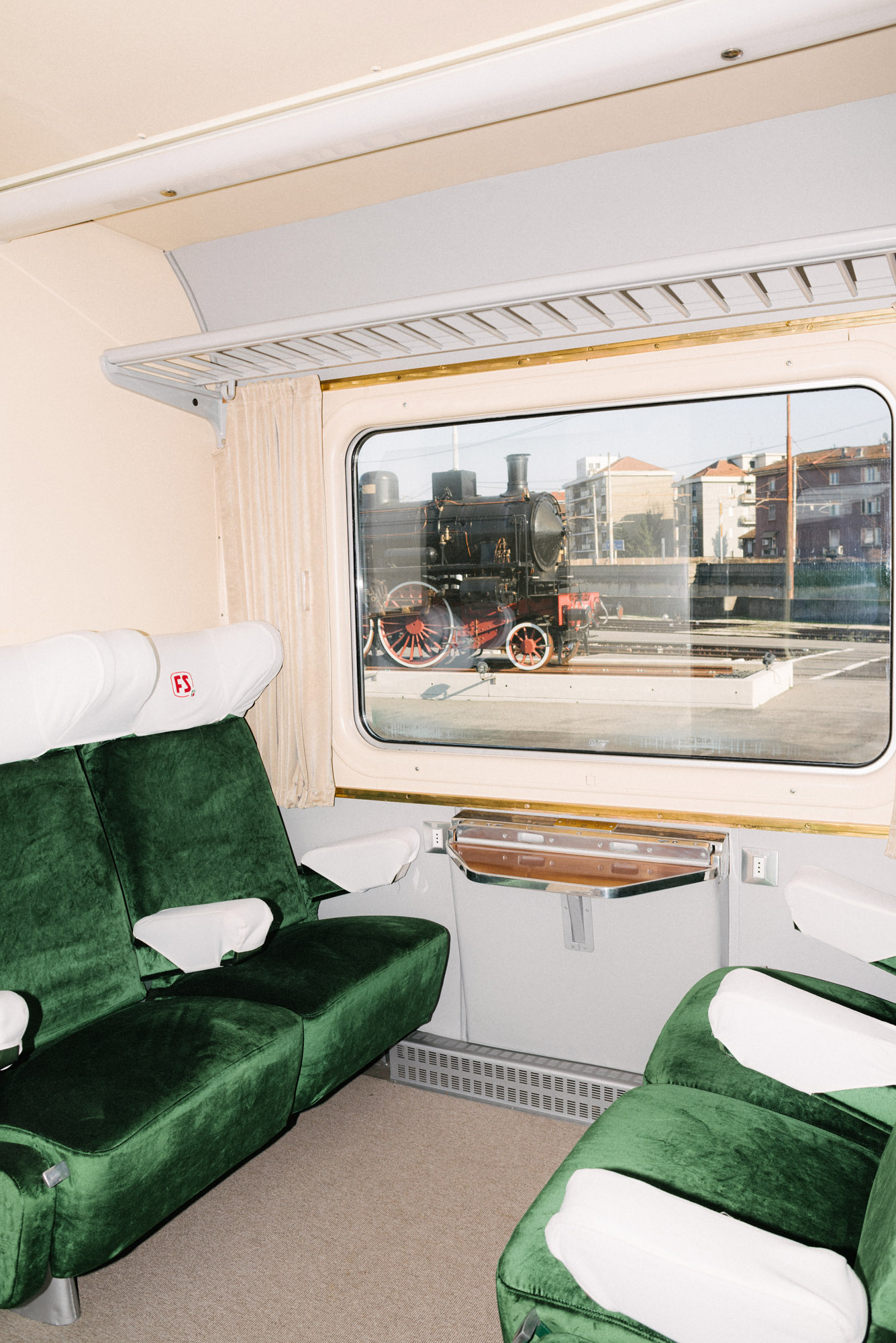
Gio Ponti’s 1950s Arlecchino train, refurbished in 2020 by Fondazione FS Italiane
Trimarchi and Farresin see the Salone del Mobile as a prescient moment to present this topic, noting that the fair itself is a microcosm of global circulation. ‘There are so many things arriving in the city,’ says Farresin. ‘When we talk about products, it’s impossible not to talk about the distribution process. We felt we had to address how freely these goods travel around the world in comparison to the impositions put on many people.’
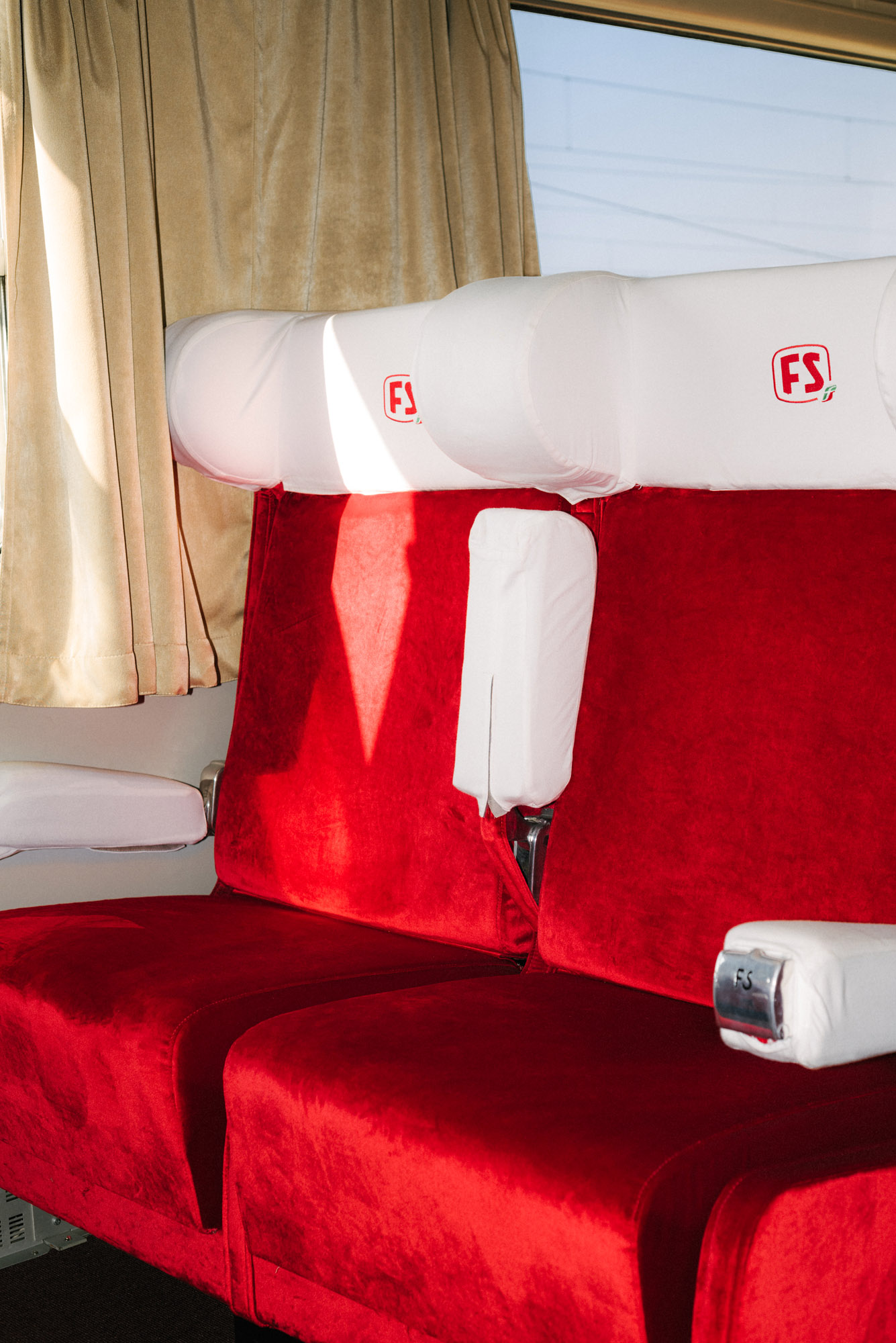
The Arlecchino’s end carriages terminate in panoramic viewing lounges, which feature a handful of swivelling seats and a scalloped-edge awning
The distribution of goods and materials, the pair explain, is something they have been exploring, at least tangentially, in their practice for several years. They point to their 2020 exhibition ‘Cambio’ at London’s Serpentine Gallery, which interrogated governance in the forestry industry, and their ongoing research project, ‘Oltre Terra’, on the global dynamics of wool production. ‘The starting point seems to be the materials,’ says Farresin. ‘But it’s always about the infrastructure of extraction.’
The symposium also gave the pair the opportunity to seek out an icon of Italian design and transportation history. ‘We were always fascinated about the Arlecchino train, but we had never seen it in person,’ says Farresin. ‘So we thought, let’s see if we can use this occasion to also present the train.’
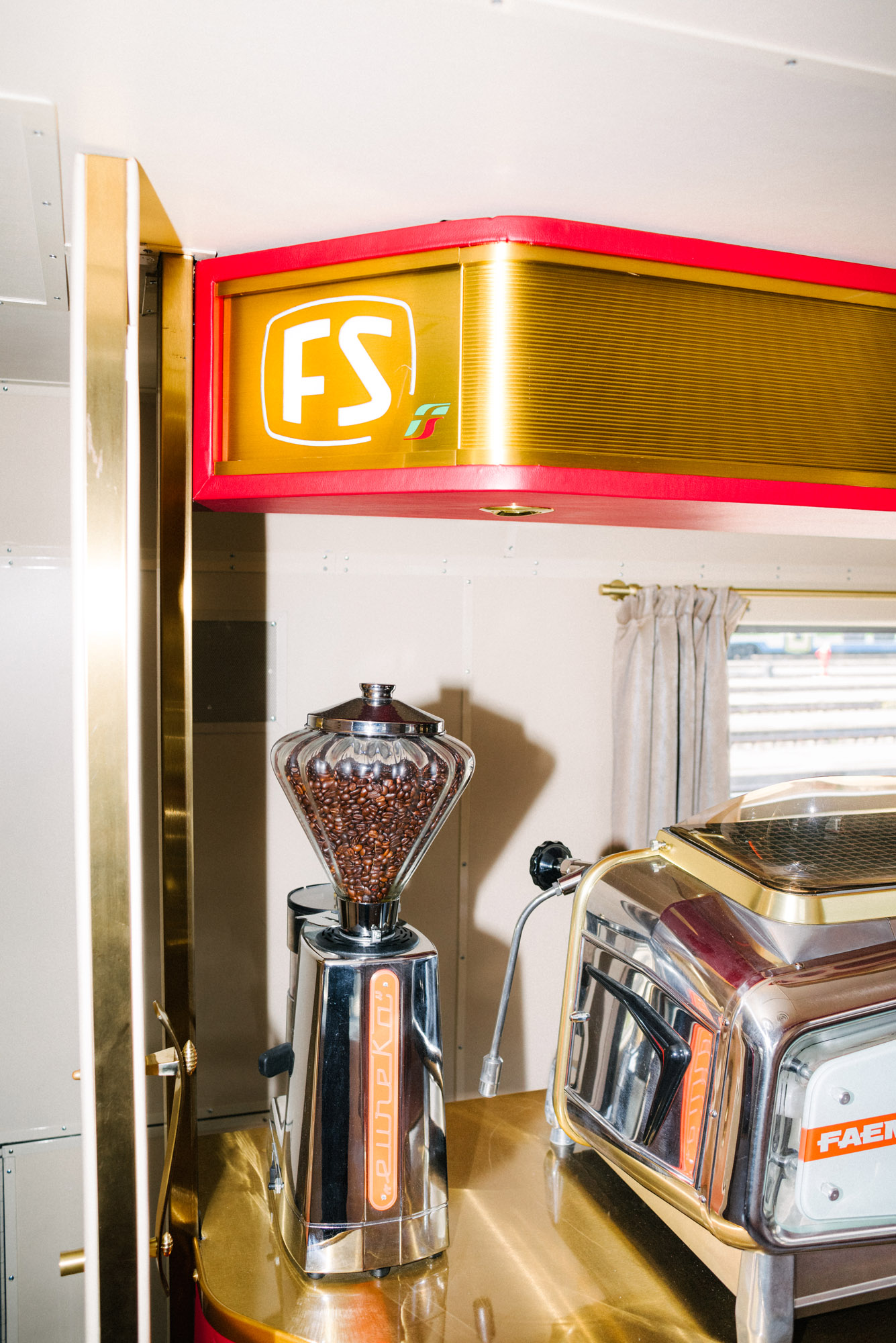
The Arlecchino’s red carriage is home to a snack bar with a vintage Faema espresso machine and standing counter
Once a stylish connection between Milan and Rome, the Arlecchino was designed in the 1950s and kept in service until 1992. Ponti’s visual concept for the express train was inspired by the diamond pattern motif worn by the jester-like Harlequin character from the Italian commedia dell’arte tradition. Each of the carriages is rendered in a jewel-toned colour – ruby, emerald, sapphire and gold – with signature wingback seats easily recognisable as Ponti’s style.
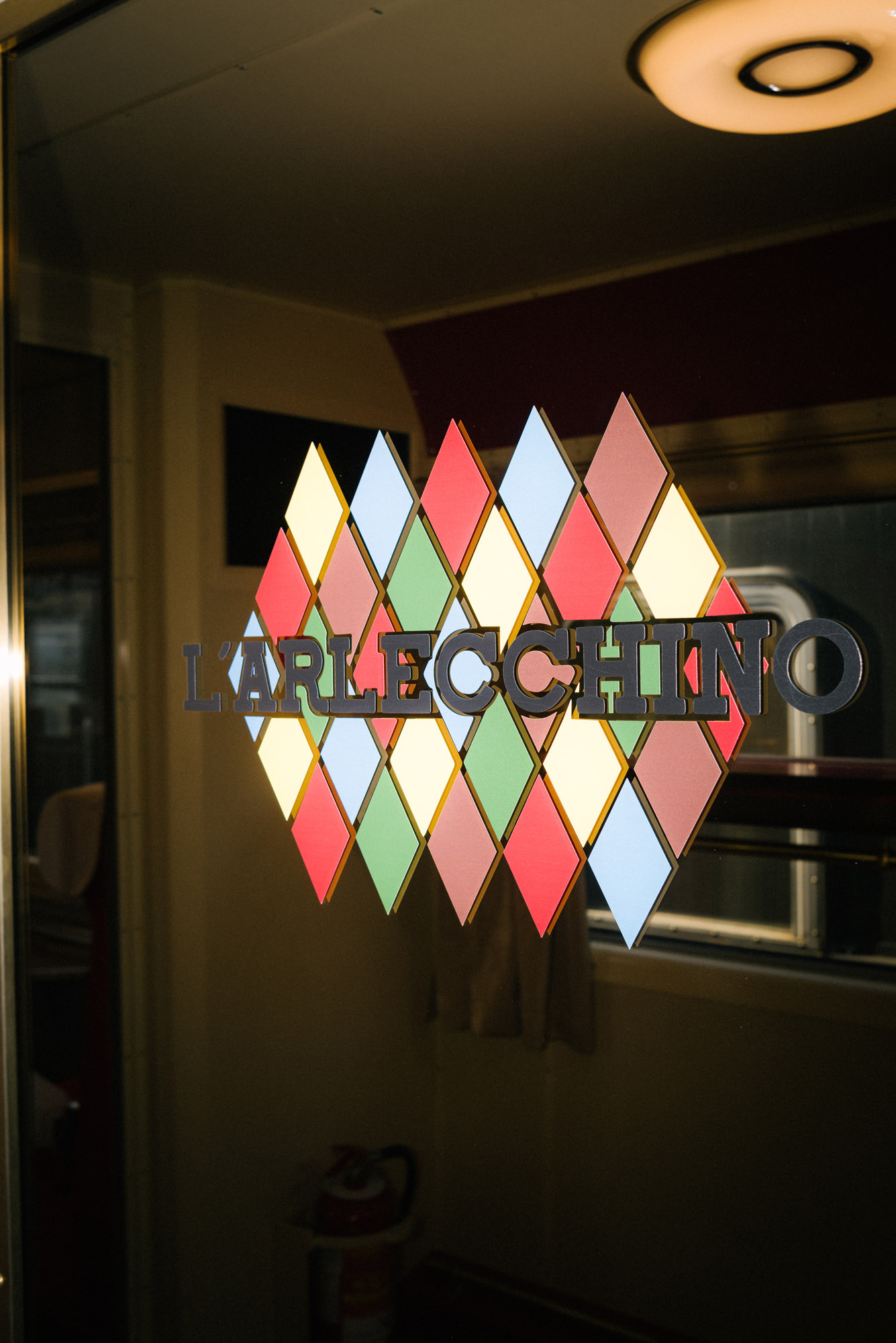
Above, for the train’s logo and interiors, Ponti took inspiration from the costume of the Harlequin character
‘Everything around us is design. At the end of the day, it’s looking at contemporary culture.’
Formafantasma
‘Instead of having screens and films as a way of communicating knowledge, we can start from the space we are in to establish a conversation on transit and infrastructure,’ says Farresin. ‘A train station is an obvious place to start in terms of location, but it also represents one of the major shifts in infrastructure over the past century, from the physical distribution of goods to the advent of online delivery systems.’
Receive our daily digest of inspiration, escapism and design stories from around the world direct to your inbox.
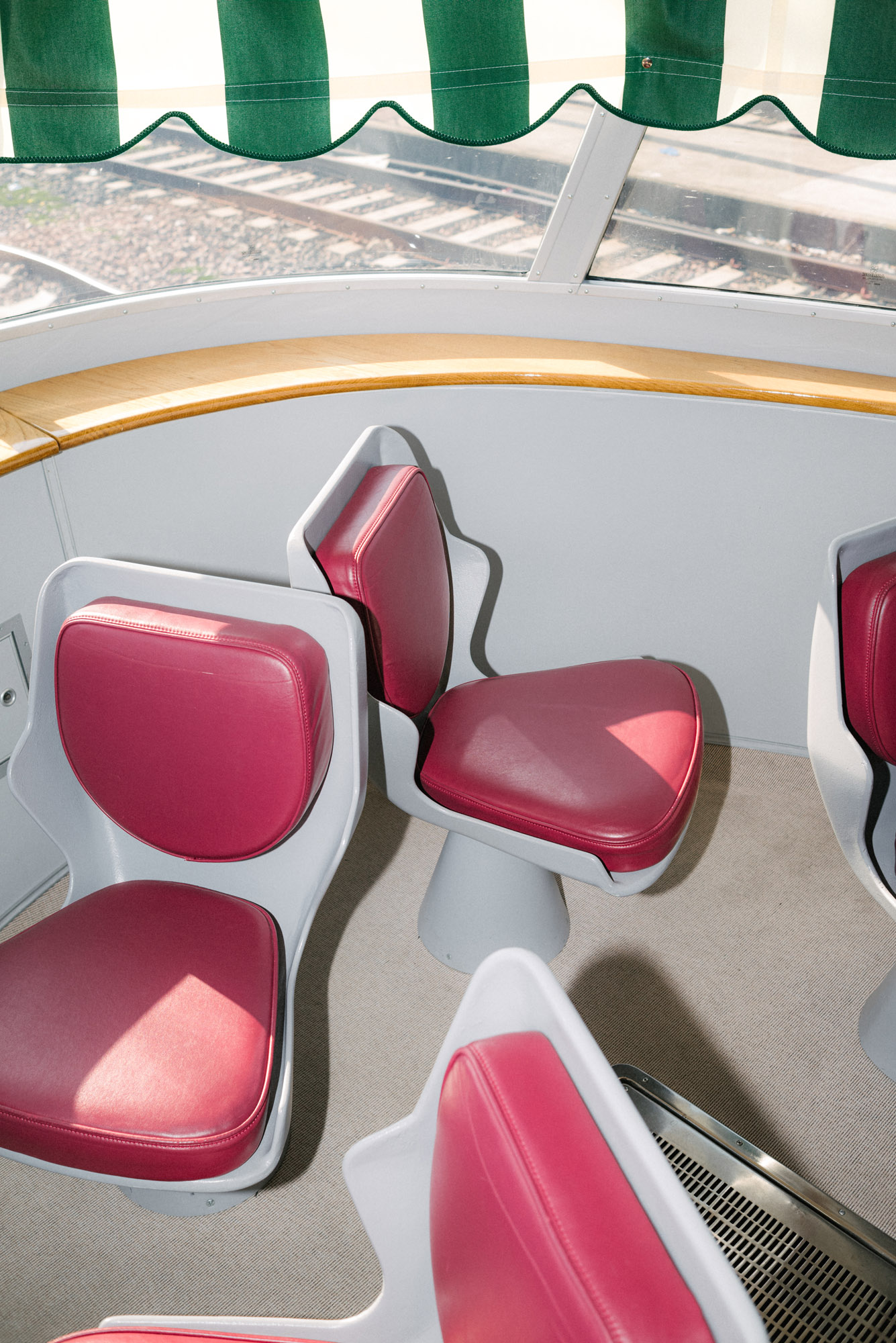
More than just a conference, Trimarchi and Farresin see the format of Prada Frames as a new model for design collaborations. ‘It helped us understand that you can do projects that are not necessarily object-based,’ says Trimarchi. Within a context like Milan Design Week, where brands are often jostling for attention by staging bigger and more elaborate events – namely, temporary installations that will be dismantled and disposed of once the week concludes – hosting a project based solely on discussion is almost radical. ‘It’s the antithesis of anything commercial,’ Farresin says. ‘When we started working on this with Prada, the idea was that there are enough products. Why should we add something more?’
However, they don’t see Prada Frames as an indictment of the Salone del Mobile as a whole. Rather, it’s an opportunity to rethink what design week can be beyond product showcases, while shifting the focus toward critical dialogue and reflection. ‘It’s a way to consider the things that are often overlooked in design,’ continues Farresin. ‘Everything around us is design. At the end of the day, it’s looking at contemporary culture.’

By rooting each edition in research and conversation, Prada Frames pushes the boundaries of what a design event can be. Rather than temporary spectacles that fade once the week ends, it fosters an ongoing dialogue – one that extends beyond Milan and into the wider world. ‘It’s about understanding the world we inhabit,’ says Farresin. ‘That’s what makes it interesting.’
‘Prada Frames: In Transit’ is on from 6-8 April at the Padiglione Reale and Arlecchino train, Milano Centrale. For more information and to register for complimentary attendance, visit prada.com
Laura May Todd, Wallpaper's Milan Editor, based in the city, is a Canadian-born journalist covering design, architecture and style. She regularly contributes to a range of international publications, including T: The New York Times Style Magazine, Architectural Digest, Elle Decor, Azure and Sight Unseen, and is about to publish a book on Italian interiors.
-
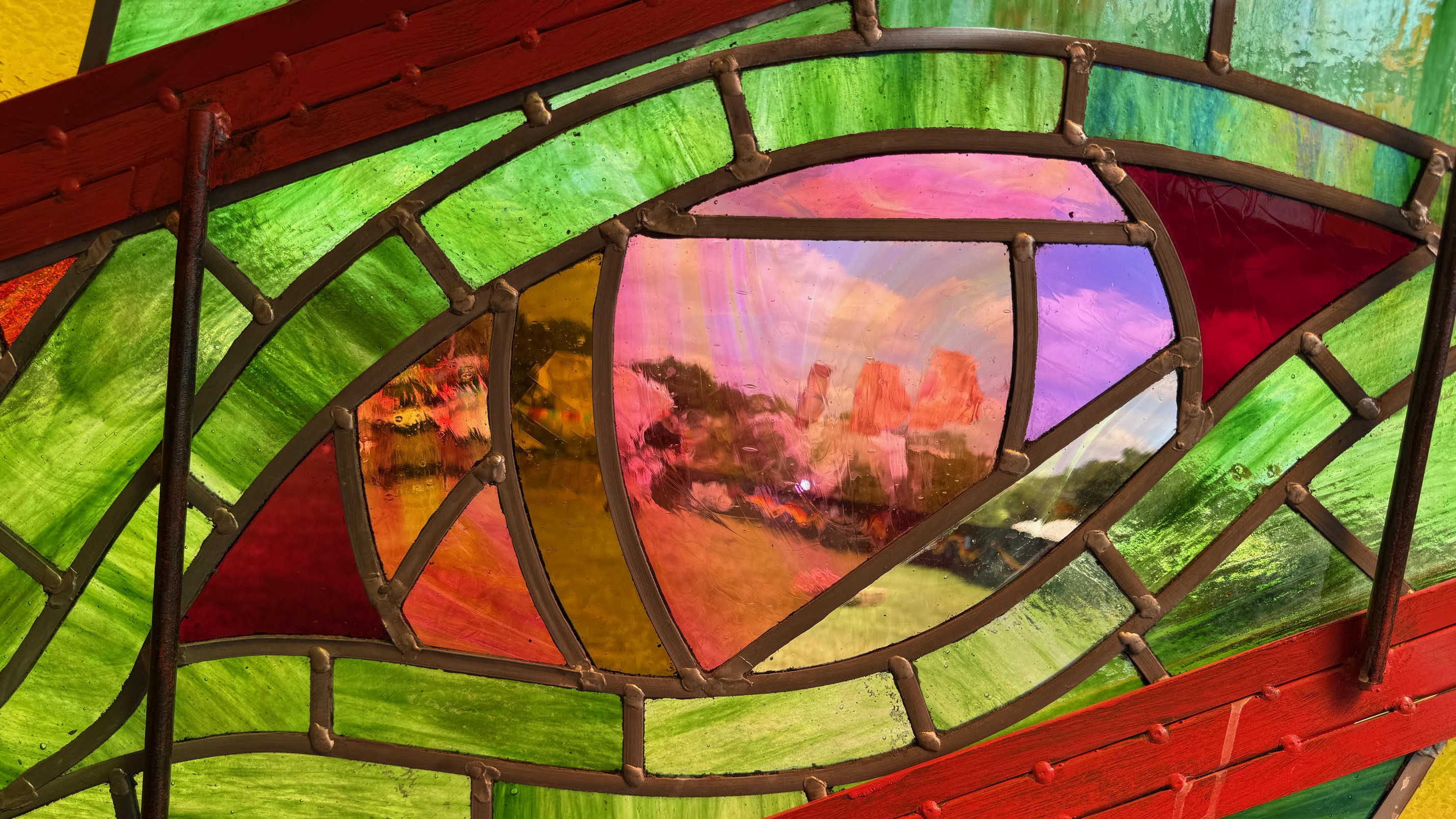 A bespoke 40m mixed-media dragon is the centrepiece of Glastonbury’s new chill-out area
A bespoke 40m mixed-media dragon is the centrepiece of Glastonbury’s new chill-out areaNew for 2025 is Dragon's Tail – a space to offer some calm within Glastonbury’s late-night area with artwork by Edgar Phillips at its heart
-
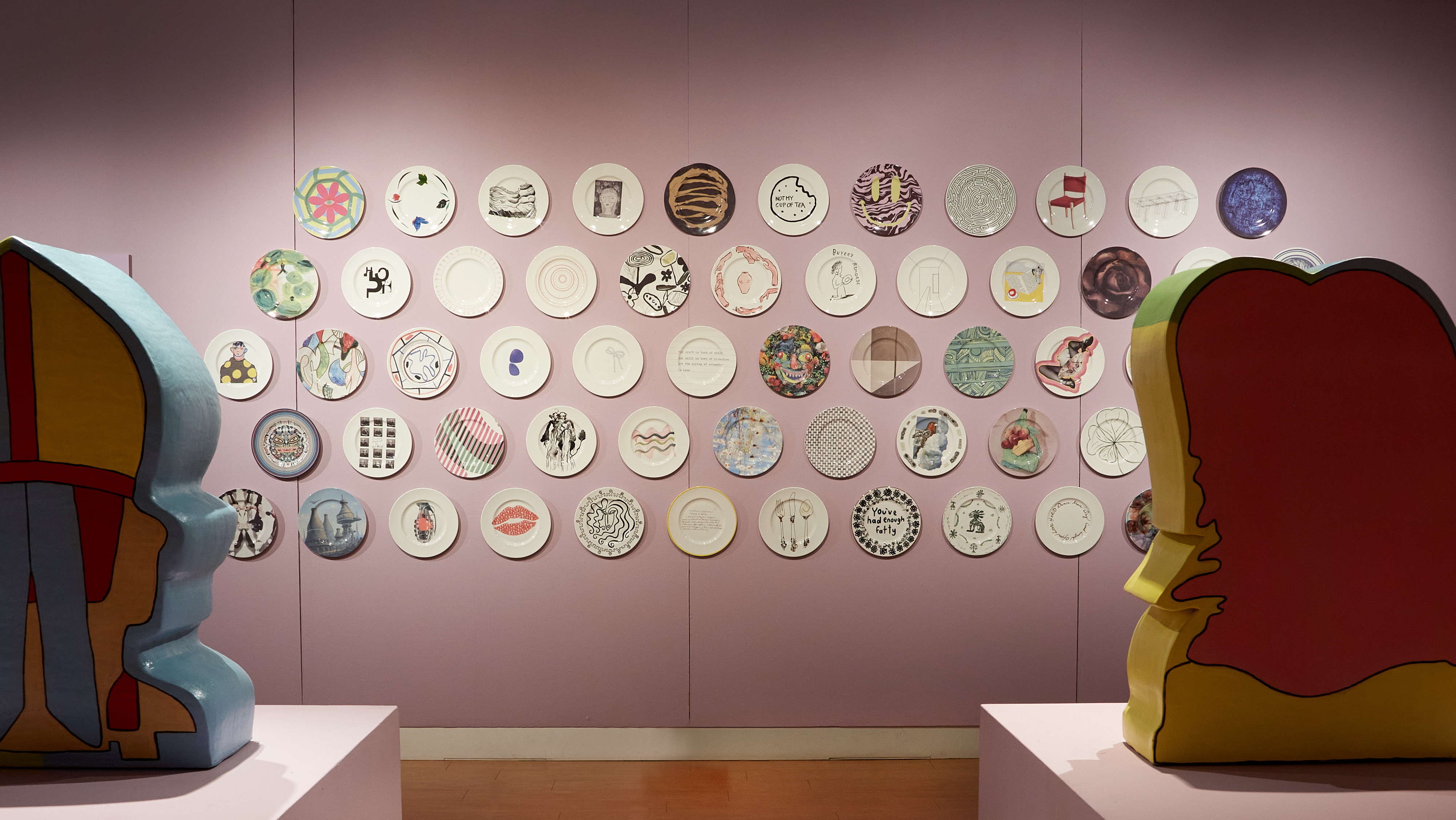 ‘100 Years, 60 Designers, 1 Future’: 1882 Ltd plate auction supports ceramic craft
‘100 Years, 60 Designers, 1 Future’: 1882 Ltd plate auction supports ceramic craftThe ceramics brand’s founder Emily Johnson asked 60 artists, designers, musicians and architects – from John Pawson to Robbie Williams – to design plates, which will be auctioned to fund the next generation of craftspeople
-
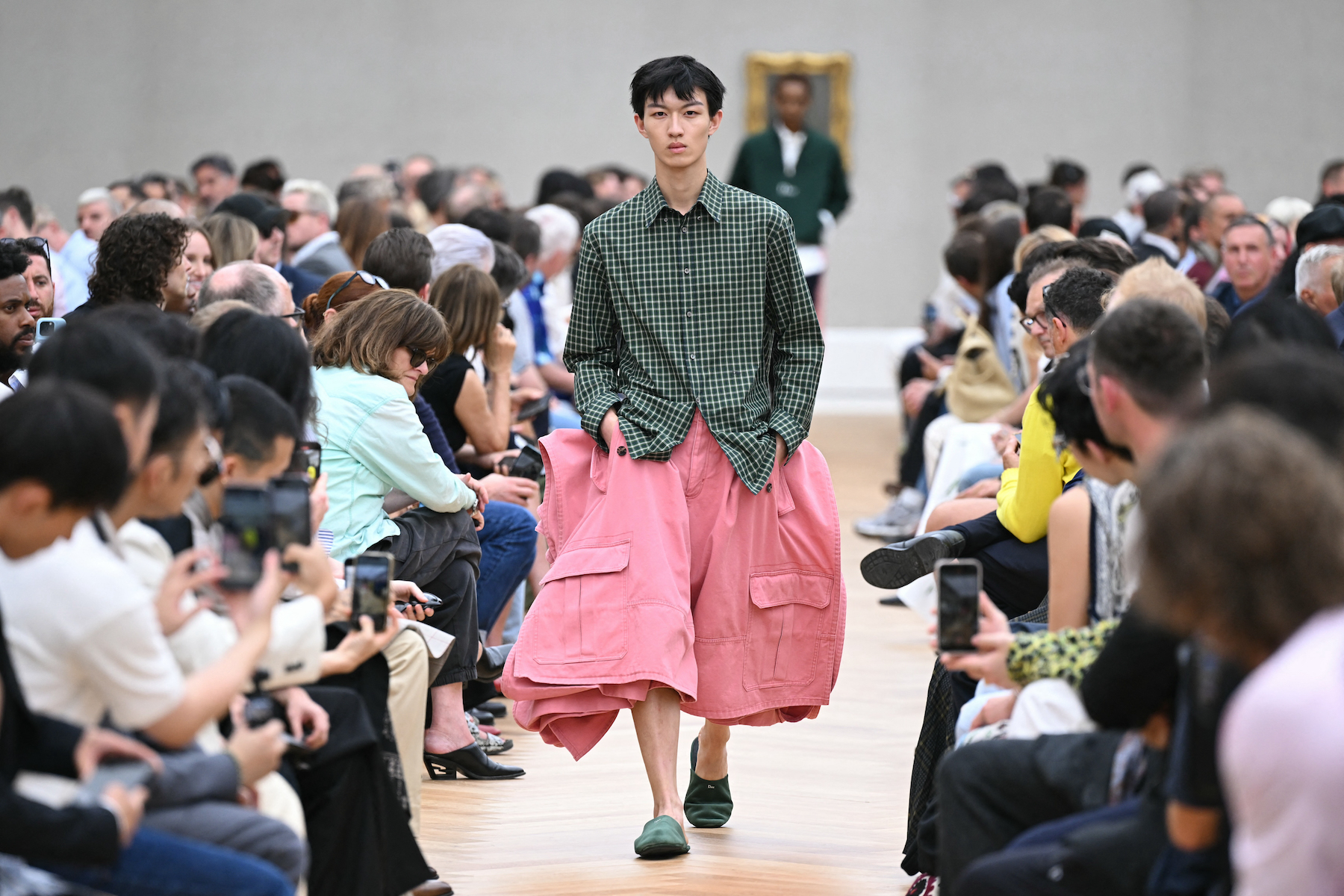 Jonathan Anderson’s Dior debut: ‘bringing joy to the art of dressing’
Jonathan Anderson’s Dior debut: ‘bringing joy to the art of dressing’The Irish designer made his much-anticipated debut at Dior this afternoon, presenting a youthful S/S 2026 menswear collection that reworked formal dress codes
-
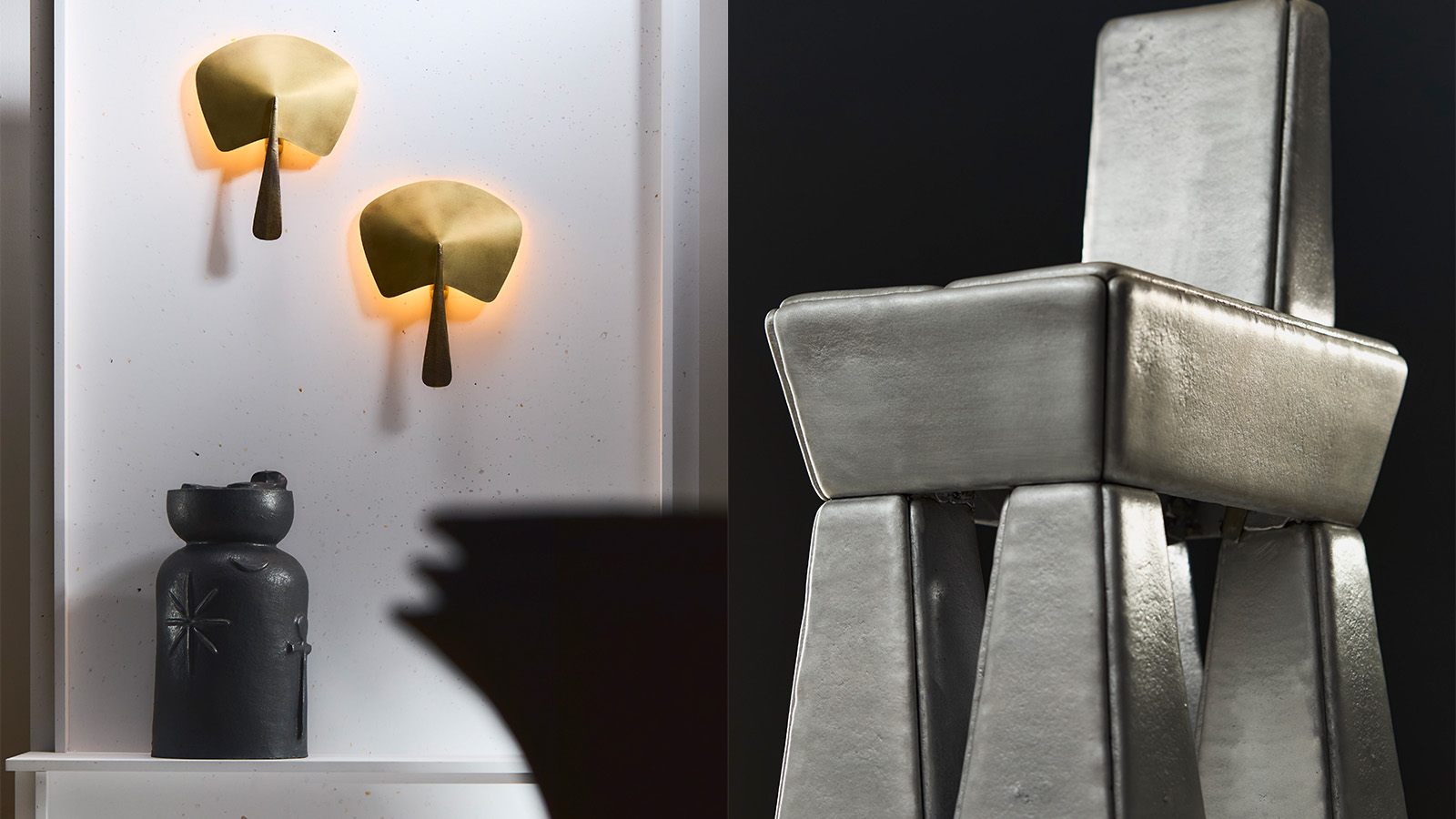 20 emerging designers shine in our ‘Material Alchemists’ film
20 emerging designers shine in our ‘Material Alchemists’ filmWallpaper’s ‘Material Alchemists’ exhibition during Milan Design Week 2025 spotlighted 20 emerging designers with a passion for transforming matter – see it now in our short film
-
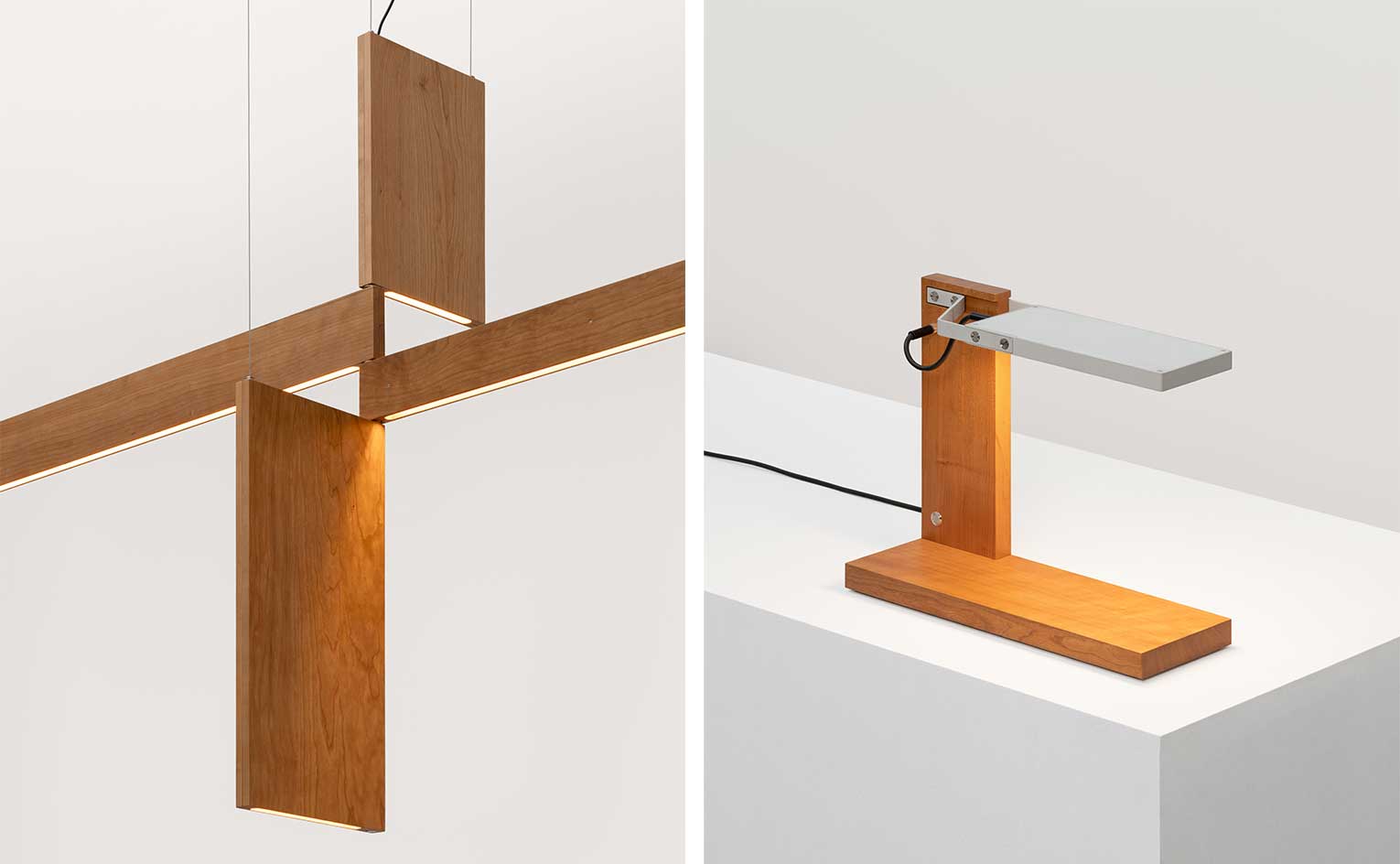 For its New York City debut, Formafantasma goes back to basics
For its New York City debut, Formafantasma goes back to basicsOn view at Friedman Benda this summer, the show is the result of the Milan-based studio's ongoing fascination with history, technology and domesticity
-
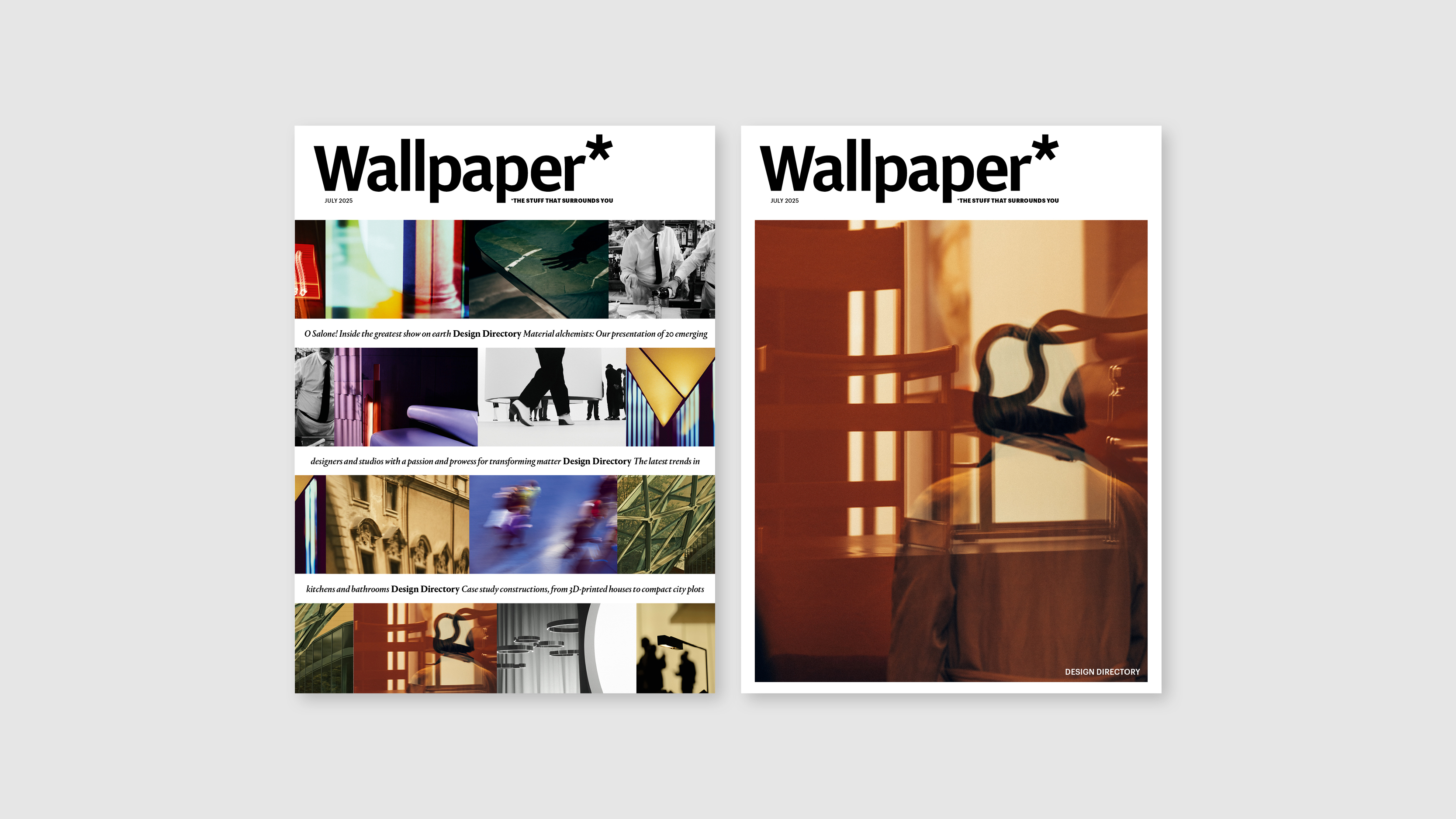 Delve into the Wallpaper* Design Directory 2025, on sale now
Delve into the Wallpaper* Design Directory 2025, on sale nowIn the July issue of Wallpaper*, find a photographic love letter to Milan Design Week, plus the best new furniture, lighting, kitchens, bathrooms and more
-
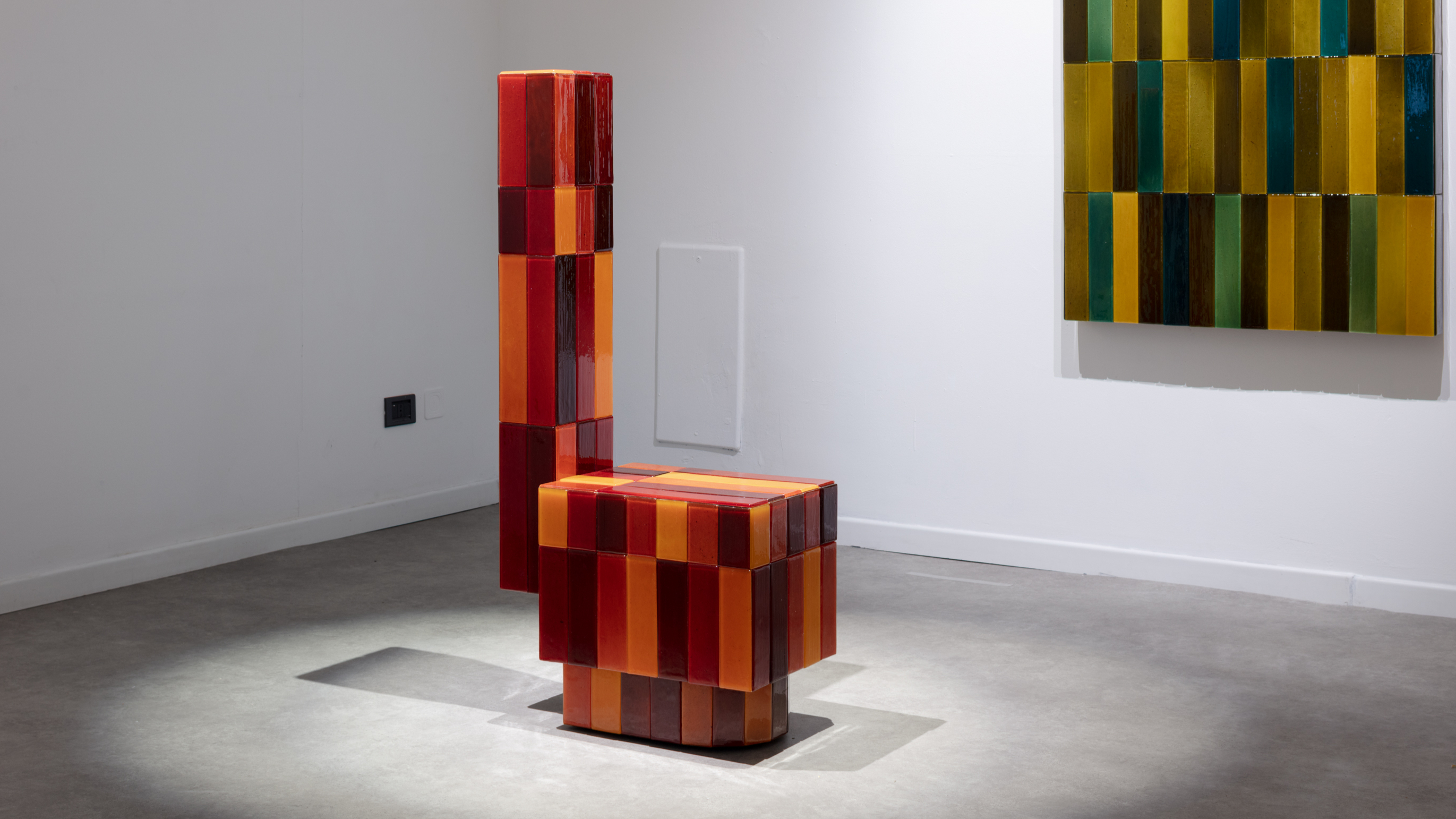 Tokyo design studio We+ transforms microalgae into colours
Tokyo design studio We+ transforms microalgae into coloursCould microalgae be the sustainable pigment of the future? A Japanese research project investigates
-
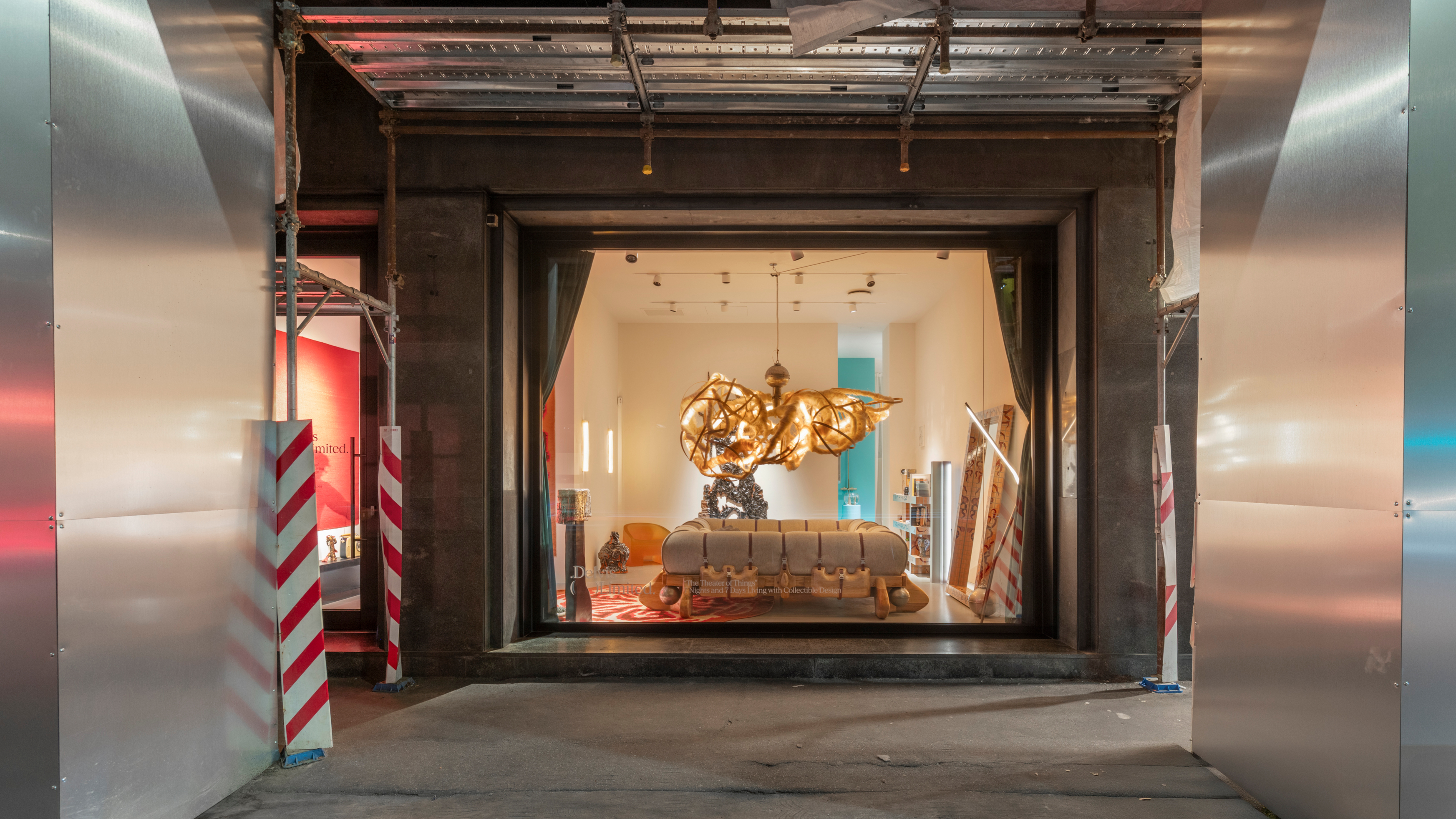 Delvis (Un)Limited turns a Brera shopfront into a live-in design installation
Delvis (Un)Limited turns a Brera shopfront into a live-in design installationWhat happens when collectible design becomes part of a live performance? The Theatre of Things, curated by Joseph Grima and Valentina Ciuffi, invited designers to live with their work – and let the public look in
-
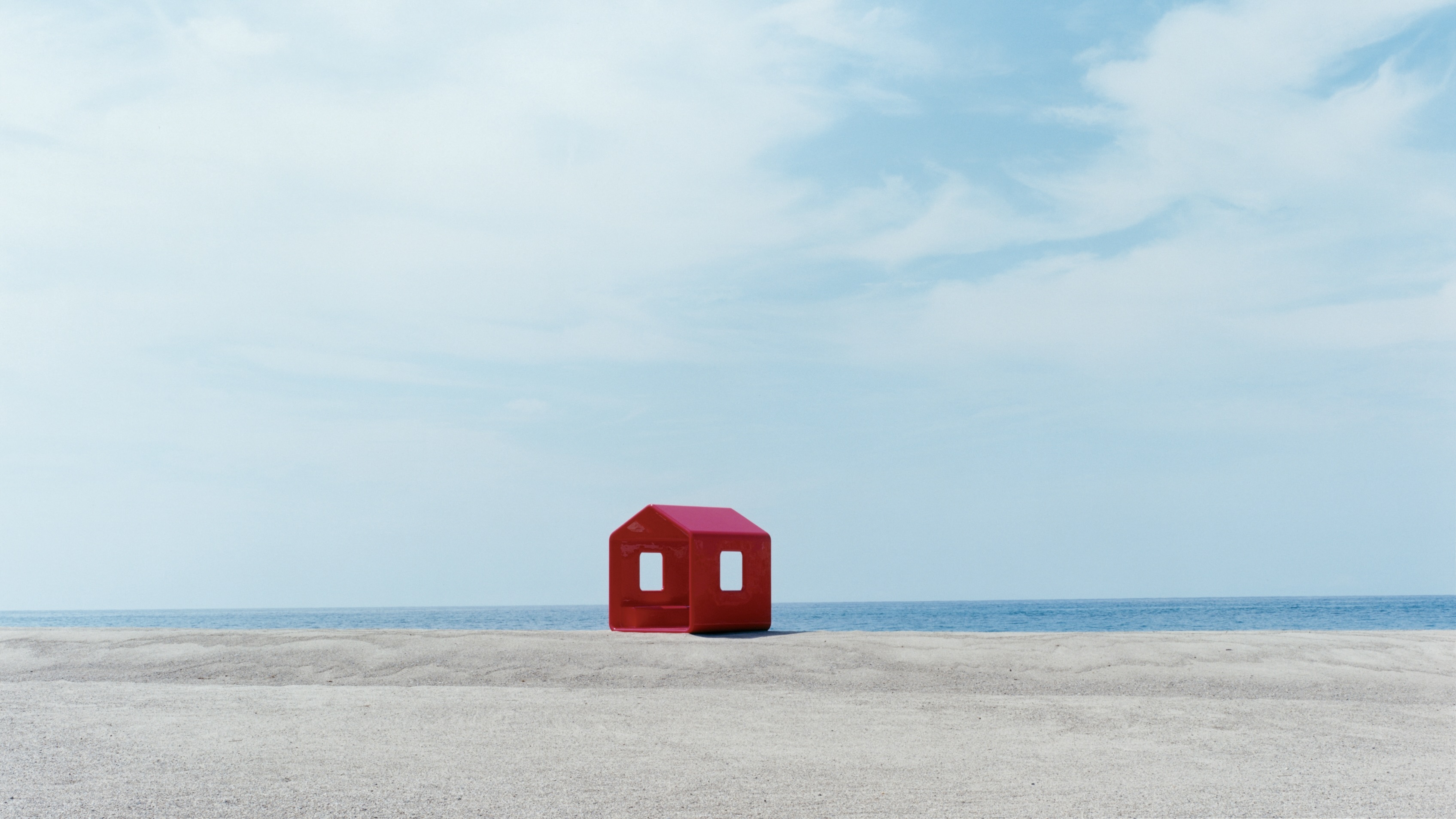 Naoto Fukasawa sparks children’s imaginations with play sculptures
Naoto Fukasawa sparks children’s imaginations with play sculpturesThe Japanese designer creates an intuitive series of bold play sculptures, designed to spark children’s desire to play without thinking
-
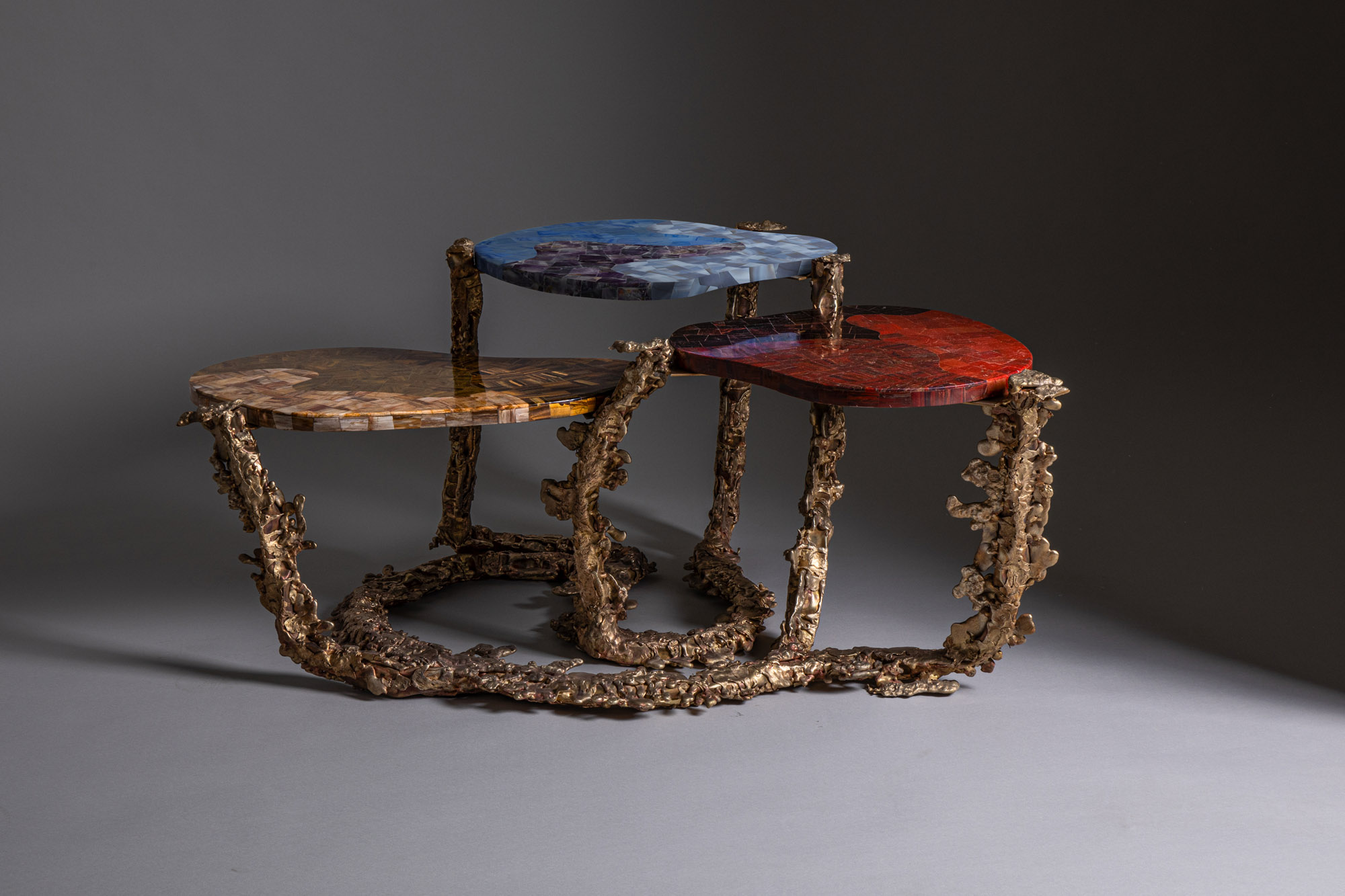 Inside the Shakti Design Residency, taking Indian craftsmanship to Alcova 2025
Inside the Shakti Design Residency, taking Indian craftsmanship to Alcova 2025The new initiative pairs emerging talents with some of India’s most prestigious ateliers, resulting in intricately crafted designs, as seen at Alcova 2025 in Milan
-
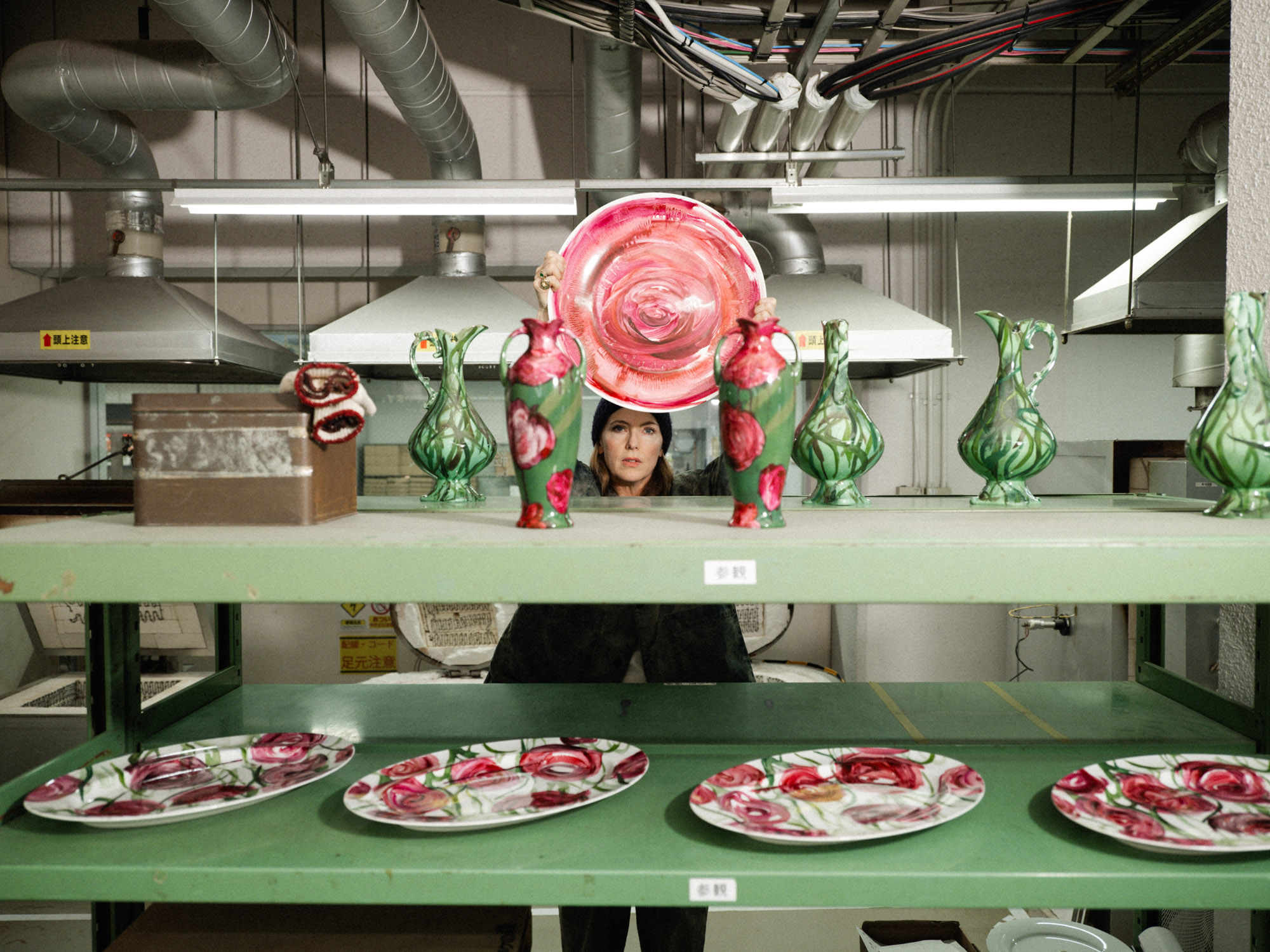 Faye Toogood comes up roses at Milan Design Week 2025
Faye Toogood comes up roses at Milan Design Week 2025Japanese ceramics specialist Noritake’s design collection blossoms with a bold floral series by Faye Toogood